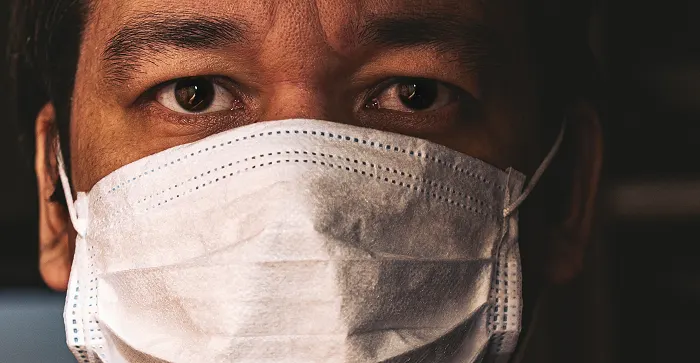
Canada takes a stance on wearing masks: What you should do
There has been a lot of confusion regarding masks during the coronavirus outbreak
Many health authorities previously discouraged the public from wearing masks to avoid COVID-19. However, emerging evidence has caused the World Health Organization, the US Centers for Disease Control and Prevention (CDC), and Canadian health officials to reconsider whether the public should wear masks.
In a press conference on Monday, Canada's top public health doctor said the new advice, a shift from previous instructions, comes from increasing evidence that people with the coronavirus can spread it without knowing they have it.
“A non-medical mask can reduce the chance of your respiratory droplets coming into contact with others or land on surfaces,” said Dr. Theresa Tam. “So wearing a non-medical mask in the community has not proven to help the person wearing it but it is a way you can protect others.”
Canadians are now urged to wear masks when they are in areas where social distancing is more difficult, like in a grocery store or on public transit. These masks do not have to be medical grade. It has been suggested that a bandana or a scarf will be effective.
RELATED: HOW LONG CORONAVIRUS LASTS ON SURFACES
“We still do not know how much of a role pre-symptomatic and asymptomatic transmission play in driving this pandemic, but we do know it is occurring,” added Dr. Tam.
If you choose to wear a mask, make sure you are doing it right.
“Try not to adjust your mask. Keep it over your mouth and nose,” explained infectious disease specialist Dr. Sumontra Chakrabarti.
He also added, “when removing it, remove from the ear loops at the back. Not by touching the front of the mask.”
Incorrectly removing a mask can put someone at a higher risk of touching their face.
Our conversation about masks also led us to CNN’s senior medical correspondent Elizabeth Cohen where she added, “after speaking with doctors I’m learning more about the potential for transmissions through just speaking and breathing.”
When asked if she will wear a mask in public she replied, “[Yes], I will wear a mask if I go to the grocery store. However, it is different on a walk in a rural area where the wind could disperse anything in the air.”
The science is still not certain if masks will prevent people from getting sick. However, reports are leaning towards masks decreasing the spread of potentially harmful droplets. At this point, wearing a mask seems to be the most simple and responsible thing we can all do to help flatten the curve.
Get more information on Canada's latest stance on wearing masks in the video that leads this article.
Go here for our complete coverage of the COVID-19 pandemic
RELATED VIDEO: HOW RISKY AND COMMON IS SURFACE TRANSMISSION?
With files from The Conversation











